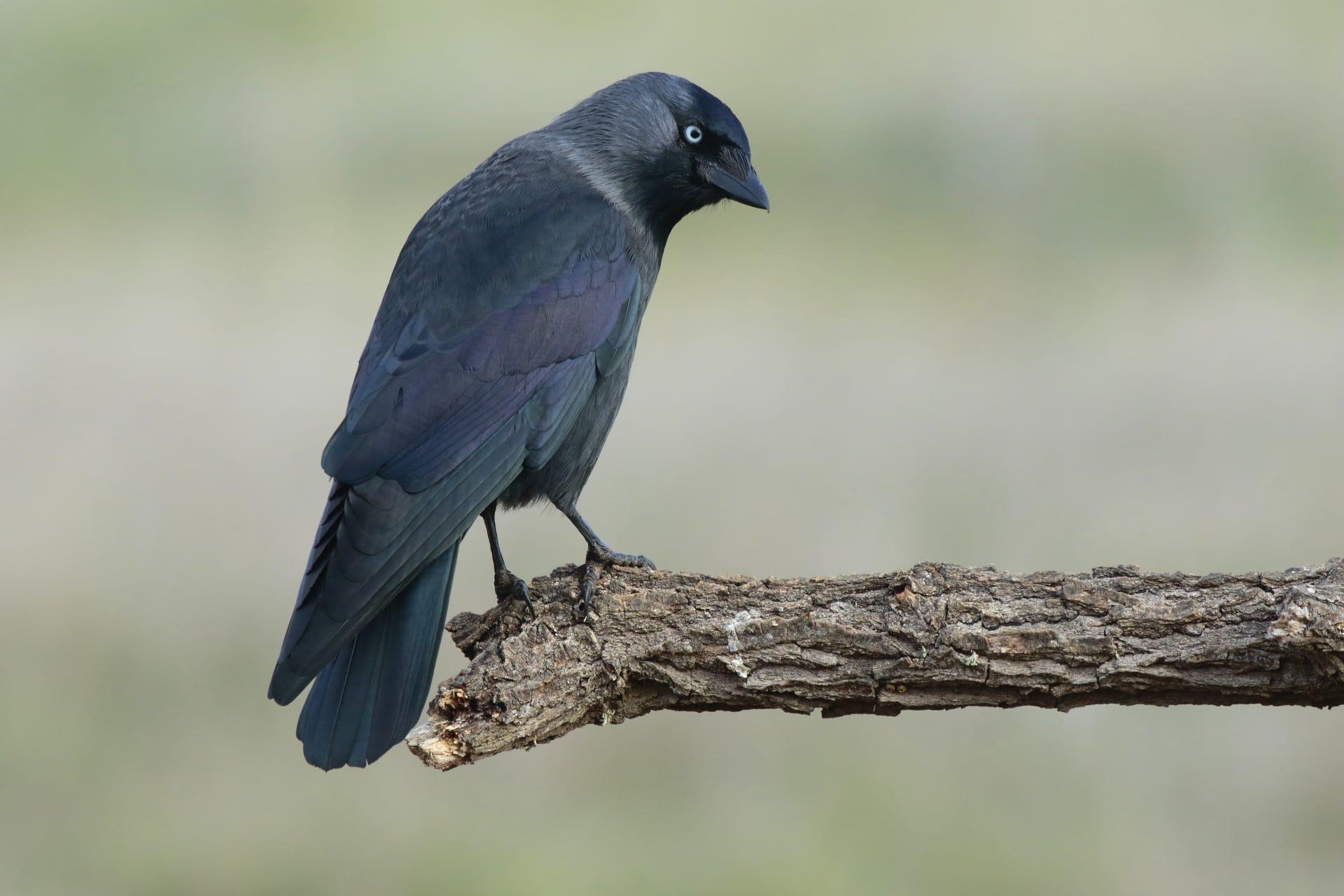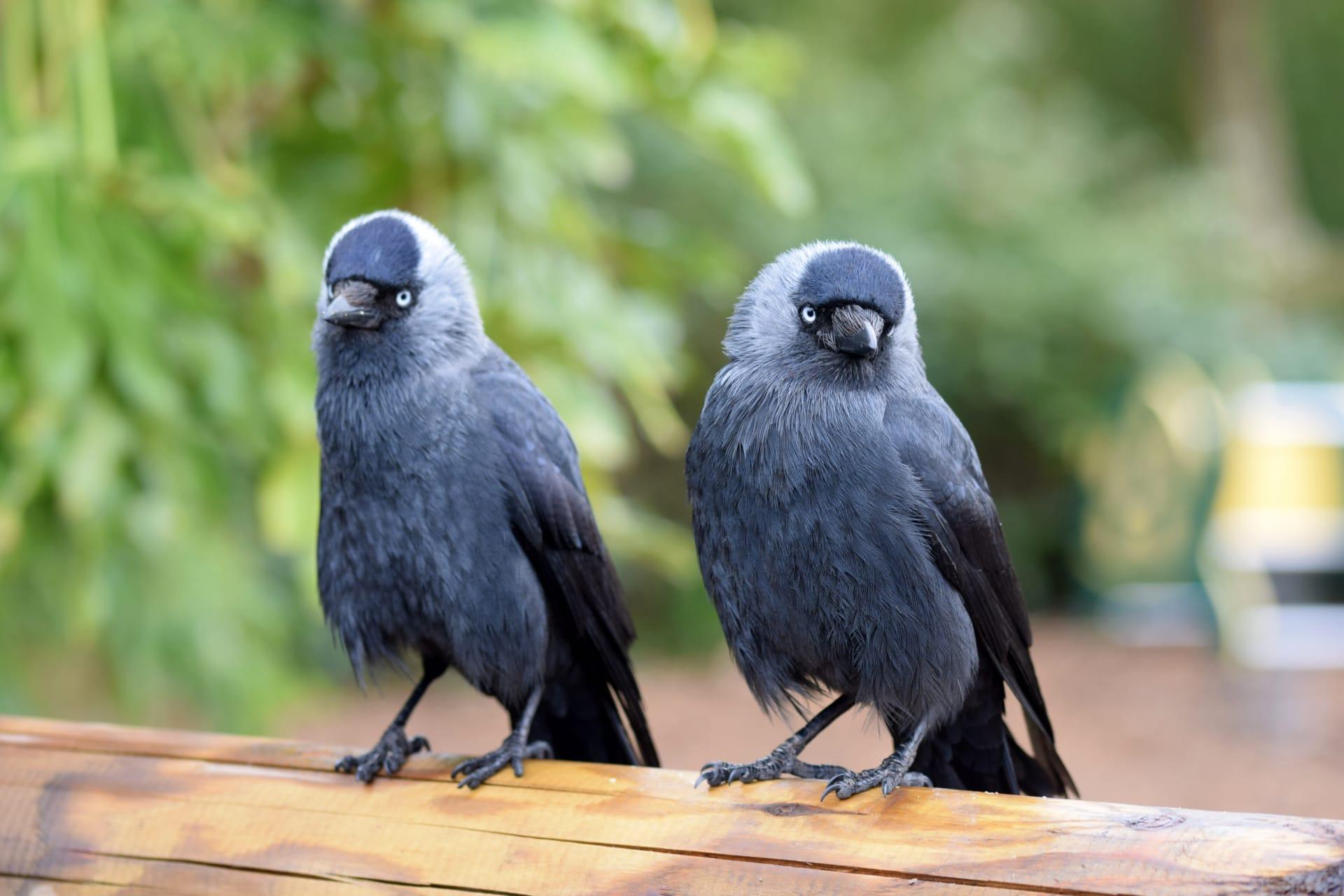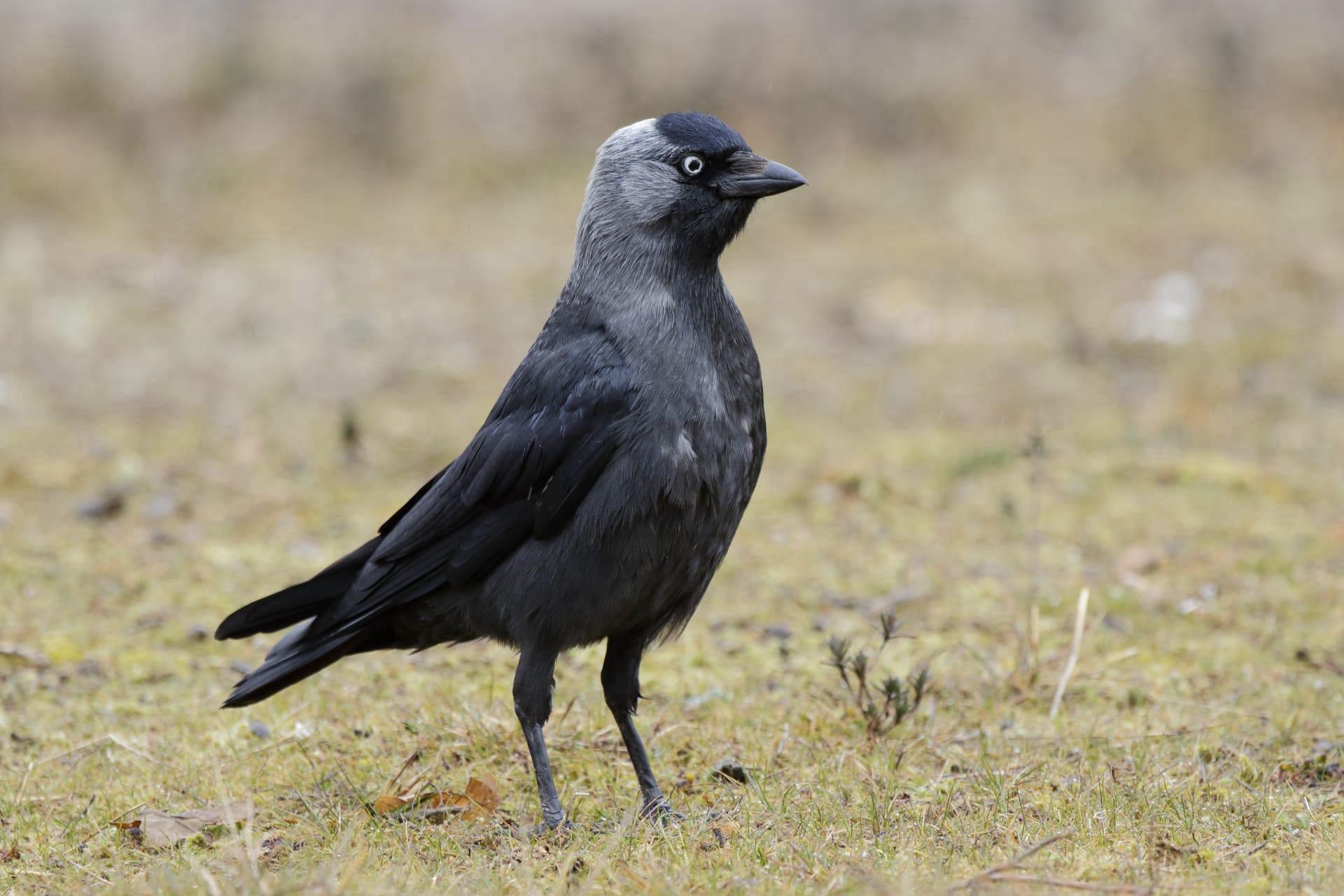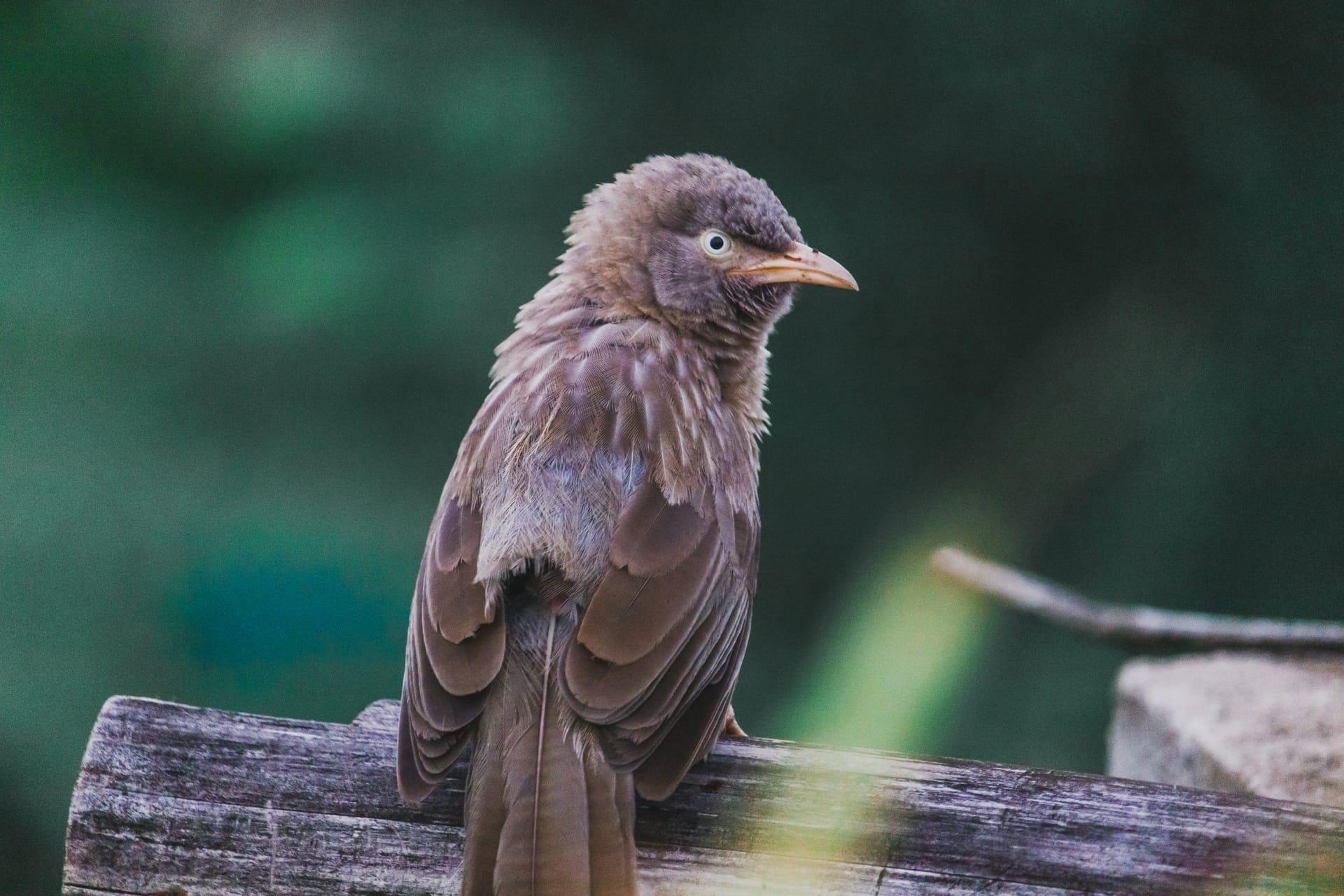Jackdaw
- Home /
- Mini Encyclopedia /
- Animal /
- Jackdaw
1
The Jackdaw, known scientifically as 'Corvus monedula', belongs to the Corvidae family, which includes crows, ravens, and magpies. This species is part of the genus 'Corvus', distinguished by their moderate size, black plumage, and gray neck. Jackdaws are among the smallest members in this genus, measuring around 34 to 39 centimeters in length with a wingspan of 70 to 85 centimeters. Their distinct silver-gray sheen on the back of their head and neck sets them apart from other corvids.
Jackdaws are widely distributed across Europe, North Africa, and Western Asia. They thrive in varied habitats, including woodlands, coastal cliffs, and urban areas. In Europe, their presence spans from the Iberian Peninsula in the west to Russia in the east, and from Scandinavia in the north to Greece in the south. Their adaptability to different environments has enabled a stable and widespread population, with an estimated 15 to 45 million individuals across their range.

2
Question: Do Jackdaws steal shiny objects?
Answer: Contrary to popular belief, Jackdaws do not have a particular affinity for shiny objects. This misconception likely arises from their curious nature. Research has shown that Jackdaws, like other corvids, are attracted to novel items as part of their exploratory behavior, not specifically because they are shiny. In fact, studies indicate that Jackdaws are cautious around unfamiliar objects, including those that are shiny, reflecting their intelligence and adaptability.

3
Jackdaws exhibit a variety of survival strategies. Socially intelligent, they form strong communal bonds and roost in large groups, which aids in predator detection and offers warmth during colder months. Their diet is omnivorous, consisting of insects, seeds, fruit, and occasionally small rodents or carrion, showcasing their opportunistic feeding habits. This dietary flexibility allows them to thrive in diverse environments.
Communication plays a vital role in their survival. Jackdaws use a range of calls to alert others about food sources or danger. Their strong pair bonds, often lasting for life, are maintained through complex social interactions, including mutual preening and sharing food. This social cohesion enhances their ability to adapt to different habitats and changing conditions.

4
In the ecosystem, Jackdaws play several crucial roles. As seed dispersers, they aid in plant regeneration by spreading seeds over a wide area. Their consumption of agricultural pests like grubs and caterpillars helps control these populations, benefiting crop yields and garden health.
Jackdaws also contribute to nutrient cycling. By scavenging on carrion, they help in the decomposition process, returning essential nutrients to the soil. Their interactions with other species, including various birds and mammals, add to the biodiversity and complexity of their habitats, underlining their importance in maintaining ecological balance.

5
Film: A notable documentary featuring Jackdaws is "The Secret Life of Crows," produced in the United Kingdom in 2018. This film explores the intelligence and social dynamics of corvids, including Jackdaws, highlighting their problem-solving skills and intricate social structures.
Book: "Bird Brains: The Intelligence of Crows, Ravens, Magpies, and Jays" by Candace Savage, published in the United States in 1997, offers a deep dive into the mental capabilities of corvids, including Jackdaws. Savage's work beautifully combines scientific research with engaging anecdotes, illustrating the complex behaviors of these birds.
Book: Another significant work is "Corvids of Europe" by Tim Birkhead, released in the United Kingdom in 2005. This book provides comprehensive coverage of European corvids, with a particular focus on Jackdaws. Birkhead's detailed descriptions of their habits, habitats, and the challenges they face offer readers a thorough understanding of these fascinating birds.